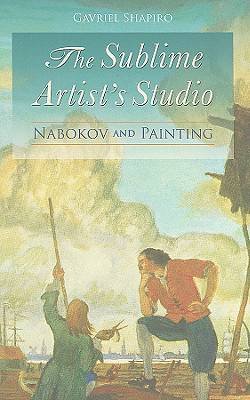
- Retrait gratuit dans votre magasin Club
- 7.000.000 titres dans notre catalogue
- Payer en toute sécurité
- Toujours un magasin près de chez vous
- Retrait gratuit dans votre magasin Club
- 7.000.0000 titres dans notre catalogue
- Payer en toute sécurité
- Toujours un magasin près de chez vous
Description
In his youth, Vladimir Nabokov aspired to become a landscape artist. Even though he eventually realized that his true vocation was literature, his keen sense of visual detail, nuanced perception of color, and vast knowledge of the fine arts are all manifest in his literary works, which abound with painters and paintings, real and imaginary, as well as with magnificent pictorial imagery rendered in a verbal medium. The relation of the visual arts to Nabokov's work is the subject of The Sublime Artist's Studio, an in-depth and detailed study of one of the most significant facets of this modern master's oeuvre.
Gavriel Shapiro pursues his inquiry throughout Nabokov's literary legacy--poetry, short prose, novels, plays, memoirs, lectures, essays, interviews, and letters. What is the import of Nabokov's lifelong fascination with the Old Masters? How does landscape function in Nabokov's writings? What was the author's relationship to contemporary artists? By addressing these and other questions, while examining Nabokov's references and allusions to the visual arts and to particular works and artists, Shapiro is able to reveal the centrality of painting to Nabokov's belles lettres. His book offers a new and promising approach to one of the twentieth century's most celebrated writers.
Spécifications
Parties prenantes
- Auteur(s) :
- Editeur:
Contenu
- Nombre de pages :
- 320
- Langue:
- Anglais
Caractéristiques
- EAN:
- 9780810125599
- Date de parution :
- 01-05-09
- Format:
- Livre relié
- Format numérique:
- Genaaid
- Dimensions :
- 163 mm x 229 mm
- Poids :
- 635 g

Les avis
Nous publions uniquement les avis qui respectent les conditions requises. Consultez nos conditions pour les avis.






